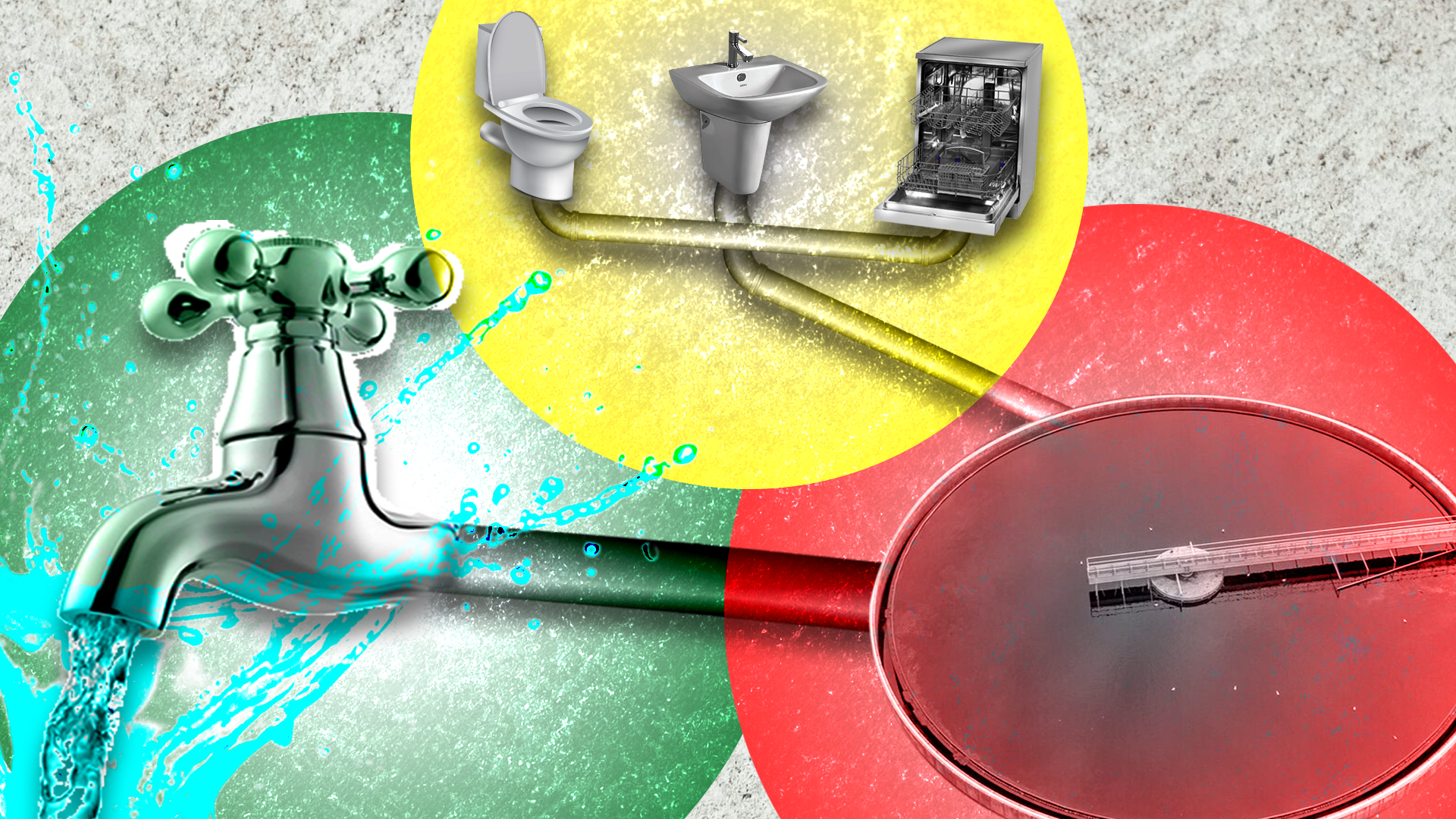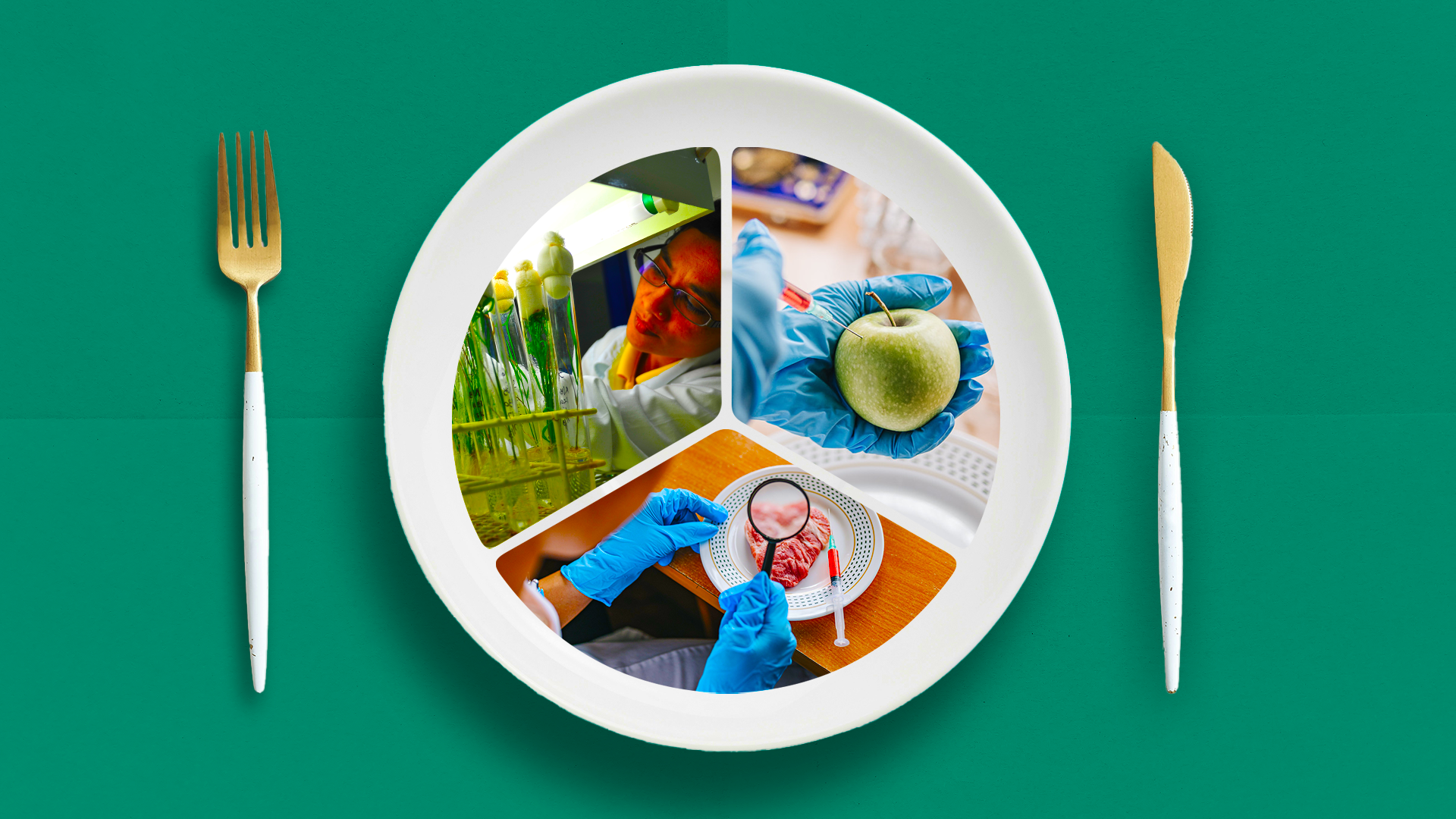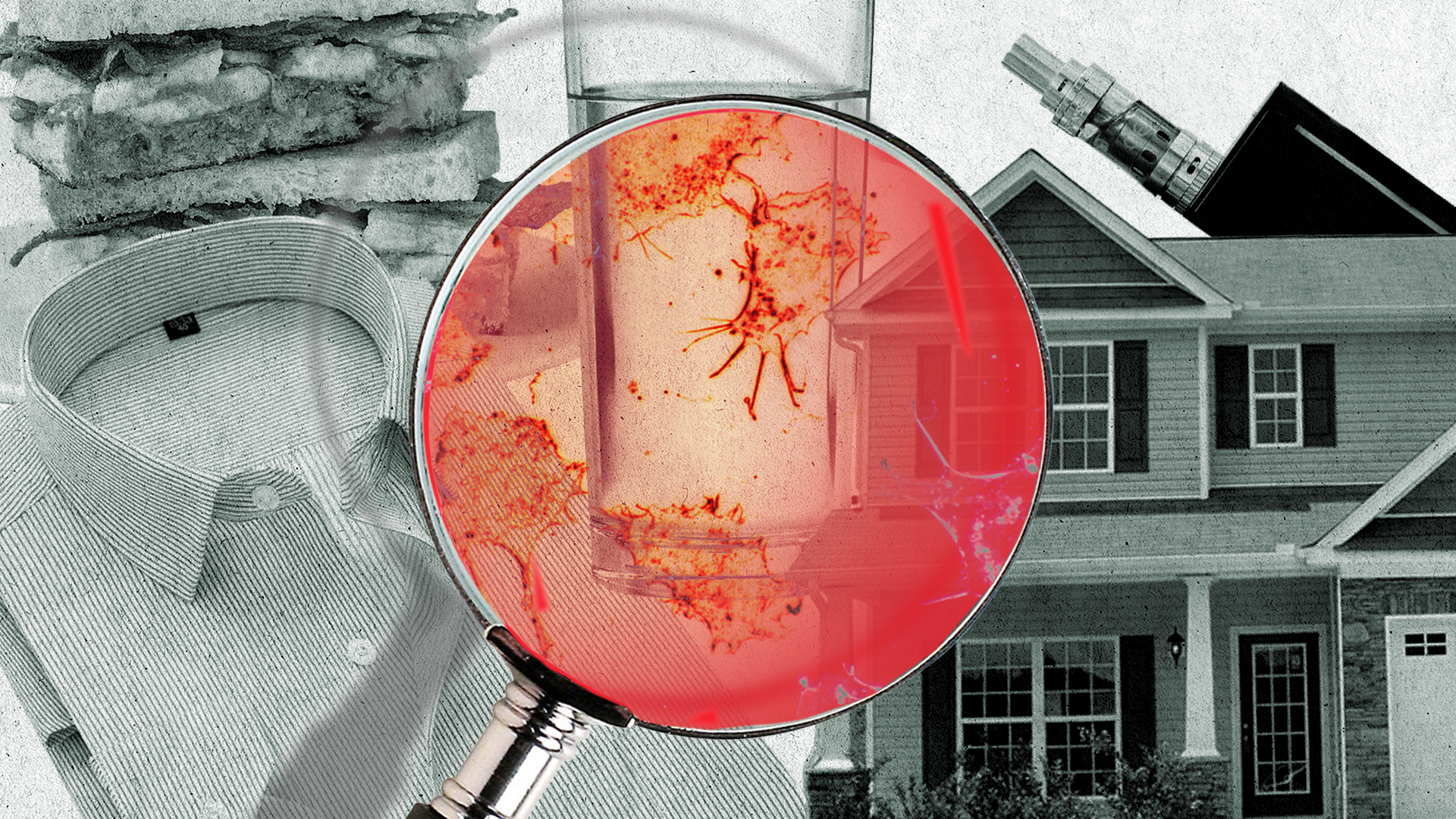Climate change and increased human activity are putting one of Asia’s most important river systems under duress. It will require a sustained and coordinated effort to fix things.

Water scarcity and the need for reusing wastewater
Reclaimed water is becoming an attractive option for ensuring water security.









